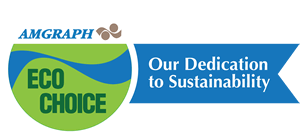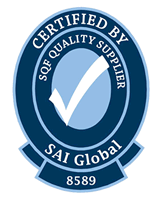Problems with recyclability have led some to be less than enthusiastic about flexible packaging, but it can still be an excellent green choice.
As we often talk about, flexible packaging offers many environmental and cost benefits, mostly because it uses less material than traditional packaging—but recently, some of those benefits have been questioned. That’s because flexible packaging falls short in one key area: recyclability. Once people started seeing more flexible packaging winding up in landfills, it caused a negative impression. So what can flexible packaging do to improve its sustainability image?
A recent episode of the Plastics Possibilities Podcast focused on that subject. The guest was environmental packaging expert Bob Lilienfeld, who outlined four options that brands should consider when working with flexible packaging. According to Lilienfeld:
- Flexible packaging should be moving away from multi-layer structure toward monolayer, which is much easier to recycle.
- Manufacturers should aim to use as much post-consumer recycled material as they can.
- They should also use bio-based materials.
- Compostable materials are an option, but there are some concerns with greenhouse gasses with compostables.
Listen to the whole 17-minute podcast on Packaging Digest’s website here.
AMGRAPH is committed to staying on the cutting edge of flexible packaging technology. We are already working toward a number of these innovations, particularly monolayer flexible solutions, and we’ll continue to do everything we can to make all our products as earth friendly as possible. That includes helping our customers understand all the environmental plusses and minuses of their packaging options.
Are you confused about the best way to meet your sustainability goals? Give us a call at AMGRAPH! Flexible packaging can still be the right choice for you, and we’ll help you pick the right solution for your product line.









